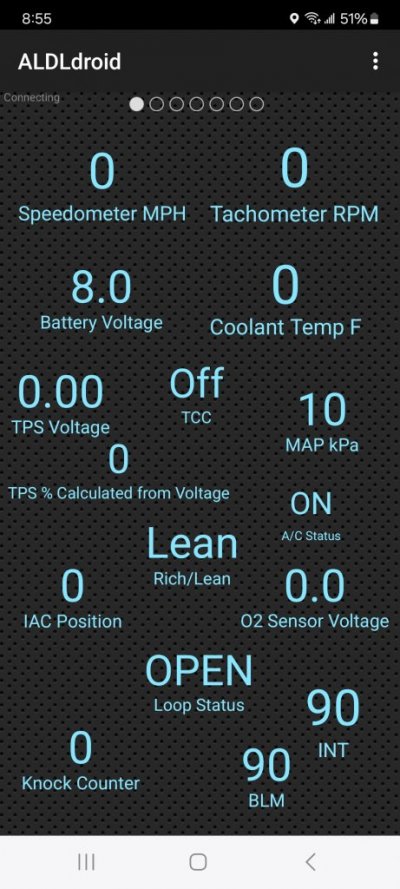If you want to test the sensors and do not have access to a scanner with data logging. Find your coolant temperature sensor unplug it,check resistance with the engine stone cold, make a note of what your outside temperature is,disconnect the wire to the cts read the resistance. Write it down. Hook the wire back up, warm up the engine,turn it off,disconnect,check resistance again, leave the meter hooked up watch the resistance change as the engine cools noting any abnormal readings. If it went up and down with no glitch it is probably fine they usually stick and don't move. You can look up resistance at temperature cold and resistance at temperature hot and make an educated decision as to whether it's good . Intake air temperature sensor pull it out, note your outside temperature,check resistance,put it in the refridgerator,wait,check resistance,leave your meter attached let it come to room temperature ,watch for smooth resistance changes.Compare your three temperatures with a restance chart. The map sensor make sure you have a 5 volt reference wire and a ground,the other wire is your signal wire,key on engine off check voltage from the signal wire to a good ground,apply vacuum,watch for voltage change, if you have a vacuum pump it's better because you can use measured vacuum and check voltage at a given vacuum at 0 vacuum you should have 4.7 volts, at 20 inches 1.1 volts. With all these tests, tapping on the sensor gently with the back end of a wrench may give you a jumpy reading indicating a glitchy sensor. A lot like testing gauge senders.


